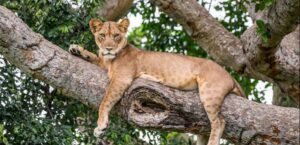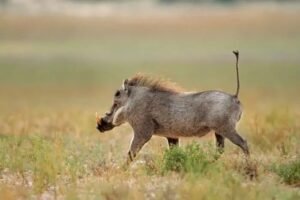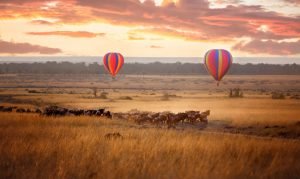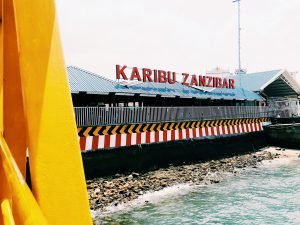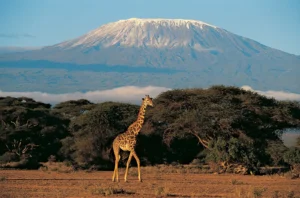
WHEN TO SEE THE GREAT MIGRATION IN AFRICA
The annual Wildebeest Migration that takes part throughout the Serengeti and Masai Mara ecosystem is one of the most spectacular events on the wildlife calendar. It has been described as “the greatest show on earth”.
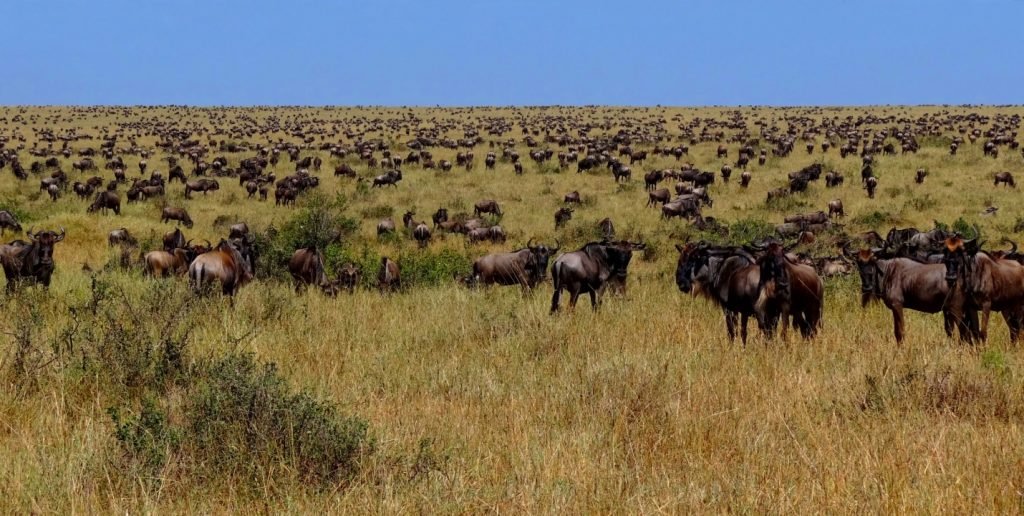
The migration route can change from year to year as the movements depend on rainfall and grazing. So predicting when to see the Great Migration in Africa can be a tricky science.
Fortunately, Safari guides on the ground in both Tanzania and Kenya have been documenting the migration dates over the last 10 years. During that period, there have not been many instances when the Great Migration has been in the exact same location during the same dates as the year before, as this is a natural phenomenon of the wilderness and dependent on numerous seasonal factors. This means there is a lot more skill involved in booking an African migration safari than simply replicating the dates of the previous year.
Below is a rough guideline of the movement of the Great Migration between Tanzania and Kenya throughout the year. Please use this information only as a guideline on when to see the migration, and speak directly to us regarding the most recent updates we have received. 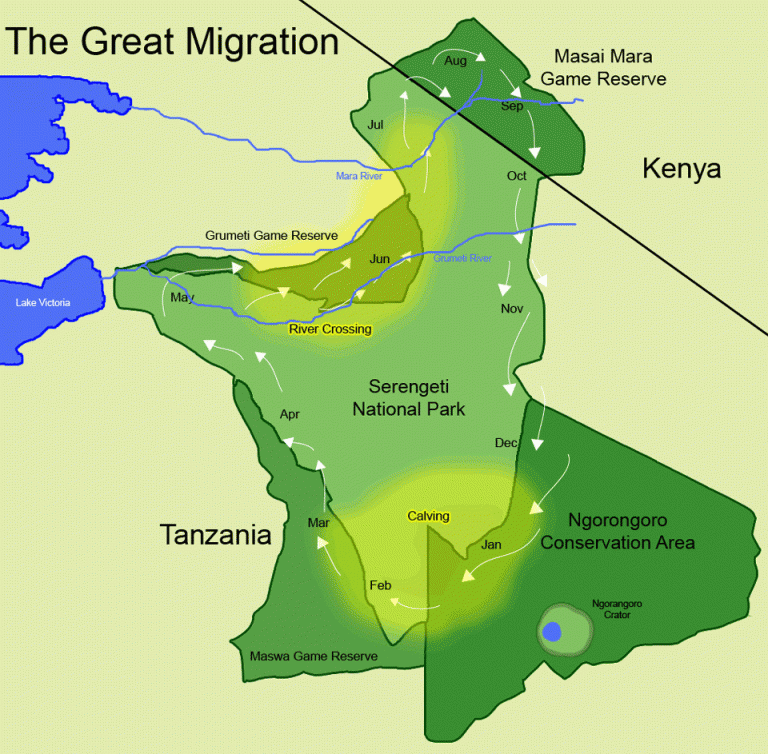
December to March:
Depending on the rainfall in the previous year in the Maasai Mara, the mega-herds will make their trek down into Tanzania and further south during December. By January, expect the migrating herds in the Southern Serengeti Plains or Southern Loliondo in Tanzania, grazing on the green, lush grass recently revitalised by good rainfall.
Calving usually occurs in a 3 week period during the month of February, when over 500,000 young Wildebeest will be born on the open plains, ready to join the mega-herd.

There is spectacular interaction at this time of year following the arrival of Wildebeest newborns and predators lurking eagerly nearby. The wildebeest herds are constantly on the move and calving does not disturb this rhythm in the slightest. Upon delivery and within minutes, calves are able to stand and walk with the herd, and in a few days are even able to outrun predators. The flowers in bloom on the plains during this period and the dust-free air, make it the perfect time for any passionate photographer to visit.
By March the southern plains begin to thin out as the wildebeest, zebra, and gazelle move north towards Seronera and the western Ngorongoro area.
April and May:
The long rains are falling in Tanzania and the herds begin to migrate to grassier plains and woodlands of the Serengeti Western Corridor. The rain can, at times, make it quite tricky to follow the herds during this stage of the migration as roads become sodden and difficult to navigate. A number of camps close for annual maintenance during this period. That being said, if you are on safari it is an incredible time to visit, and although it is wet, there are few tourists and you may experience the migration and have the Serengeti almost exclusively to yourself.
The end of May marks the end of long rains in the Eastern Serengeti and Northern Ngorongoro, and as the rain ceases, the herds gradually move north. By this time the calves have matured and migration time starts again; scattered herds gather and the march westwards begins. Individual groups congregate and form larger herds and mating season begins. At this time, the Western Serengeti is the best area to see the migration and to watch the action unfold.
June and July:
See the arrival of the Wildebeest to the Serengeti’s Western Corridor and onwards to the Grumeti Reserve. During this period, the herds reach their first high-risk hurdle, the Grumeti River. This is the first of the breath-taking river crossings you will see. The depth of the river due to the rain makes drowning a high risk for many wildebeest, not to mention the treacherous crocodiles ready and waiting to take advantage of the herd’s distress. Naturally any camps and lodges along the river will make for an incredible safari experience to see the migration.
July to September:
Both sides of the Mara River are important during this period. The herds begin to cross central Serengeti into the Western Corridor, then through the Grumeti River into northern plains of the Serengeti. Come late July/early August, the grasses of the western Serengeti die and the herds move on north seeking further grazing.
However, before they are able to reach the succulent grassy plains of Kenya’s Maasai Mara, they are faced with the next dangerous river crossing, the Mara River. Wildebeest oscillate between the Kenyan and Tanzanian side of the Mara River. This is where the dramatic events unfold as huge Nile crocodiles wait while the herds bravely and boldly make enormous leaps of faith into the water to get to better grazing on the opposite banks. By September, the last of the herds will be crossing the Mara River.
October to November:
At this stage the herds move through the northern Serengeti and the Maasai Mara plains should be scattered with large herds, naturally followed by their hungry stalkers. From October onwards, the herds will slowly begin their journey south, back to the Serengeti in search of better grazing.
December:
This is a tricky month. If the short rains start early and if there has been rain in the south of Tanzania, then the herds would move down to the Serengeti quickly and there could be few wildebeest left in the Maasai Mara. If there has been a lack of rain in the south of Tanzania, then the herds would opt for permanent water in the central Serengeti or Lobo areas and move less quickly to the southern plains.

